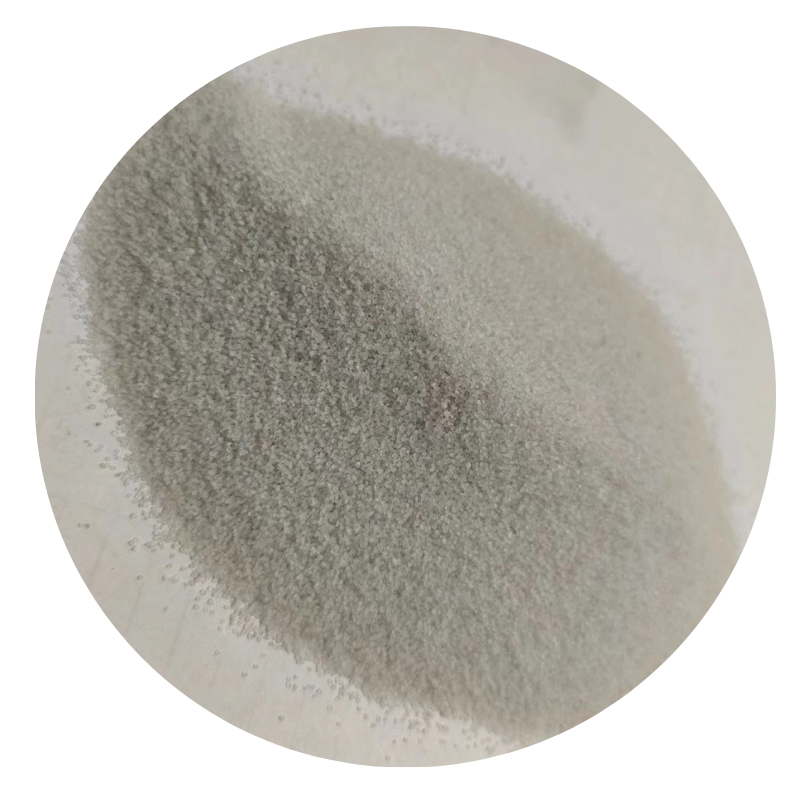
Utilizing Fly Ash in Sustainable Construction Practices for Enhanced Performance and Environmental Benefits
The Role of Fly Ash in Sustainable Construction
As the world becomes increasingly aware of the environmental impacts of traditional construction materials, the quest for sustainable alternatives has gained traction. One such material that has emerged as a promising solution is fly ash, a byproduct of coal combustion in power plants. Utilized effectively in construction, fly ash not only enhances the performance of concrete but also contributes significantly to sustainability by reducing waste and conserving natural resources.
What is Fly Ash?
Fly ash is a fine powder collected from the flue gases of coal-fired power plants. It is predominantly composed of silica, alumina, and iron, making it a pozzolanic material — which means it has the ability to react with lime in the presence of water to form compounds that can improve the structural properties of concrete. The two primary types of fly ash, classified as Class F and Class C, differ based on their chemical composition and the type of coal burned. Class F fly ash is produced from burning anthracite or bituminous coal and has a lower calcium content, while Class C is produced from lignite and has a higher lime content.
Benefits of Using Fly Ash in Construction
1. Environmental Impact One of the most significant advantages of fly ash is its role in reducing environmental pollution. By repurposing this industrial waste, the construction industry minimizes the volume of waste sent to landfills. The use of fly ash in concrete can also lower the carbon footprint associated with cement production. Cement manufacturing is a major source of CO2 emissions; integrating fly ash into the mix reduces the overall amount of cement required, thus lowering greenhouse gas emissions.
2. Enhanced Concrete Performance Incorporating fly ash into concrete mixes improves several physical and chemical properties of the final product. Fly ash contributes to the workability, strength, and durability of concrete. It can enhance resistance to sulfate attack and mitigate alkali-silica reaction, which are critical factors in ensuring the longevity of structures. The spherical shape of fly ash particles also helps in achieving a smoother mix, reducing water demand and improving pumpability, which is essential for large-scale construction projects.
fly ash construction

3. Cost-Effectiveness The use of fly ash can lead to cost savings in construction projects. By substituting a portion of cement with fly ash, contractors can lower material costs while maintaining or even improving the quality of concrete. Additionally, the availability of fly ash as a byproduct makes it an economical option compared to purchasing traditional aggregates and cement.
4. Sustainability and LEED Certification In recent years, the construction industry has seen a rise in the adoption of sustainable practices, often guided by the Leadership in Energy and Environmental Design (LEED) certification. Using fly ash contributes to LEED points, enhancing the sustainability profile of projects. It shows a commitment to reducing environmental impact while utilizing innovative building materials that serve both functional and ecological purposes.
Challenges and Considerations
Despite its advantages, there are challenges associated with the use of fly ash in construction. The variability in the chemical composition based on the source of the fly ash can affect its performance in concrete. Furthermore, the decline in coal-fired power generation due to the shift toward renewable energy sources may impact the availability of fly ash in the future. Therefore, it is crucial for engineers and construction professionals to perform thorough testing and evaluation of fly ash before its inclusion in concrete mixes to ensure consistent quality and performance.
Conclusion
Fly ash represents a significant opportunity for the construction industry to pursue sustainable practices while addressing the growing concerns related to waste management and environmental degradation. Its multifaceted benefits, including improved concrete performance, reduced costs, and enhanced sustainability credentials, make it a valuable alternative to traditional materials. As the industry continues to evolve, leveraging fly ash could play an essential role in building a more resilient and environmentally friendly future in construction. Embracing such innovations will undoubtedly lead us toward more sustainable building practices and reduce our ecological footprint.
Share
-
Premium Talcum Powder Enhanced with GPT-4 Turbo | Soft & Long-LastingNewsAug.02,2025
-
Fly Ash Solutions Enhanced by GPT-4 Turbo | Sustainable InnovationNewsAug.01,2025
-
Natural Premium Bentonite Cat Litter - Superior ClumpingNewsJul.31,2025
-
Premium Resin Coated Sand - High Heat Resistance CastingNewsJul.31,2025
-
High Quality Silicon Carbide Grit for Abrasive ApplicationsNewsJul.30,2025
-
High-Quality Ceramsite for Plants & Gardening | Lightweight PebblesNewsJul.29,2025






